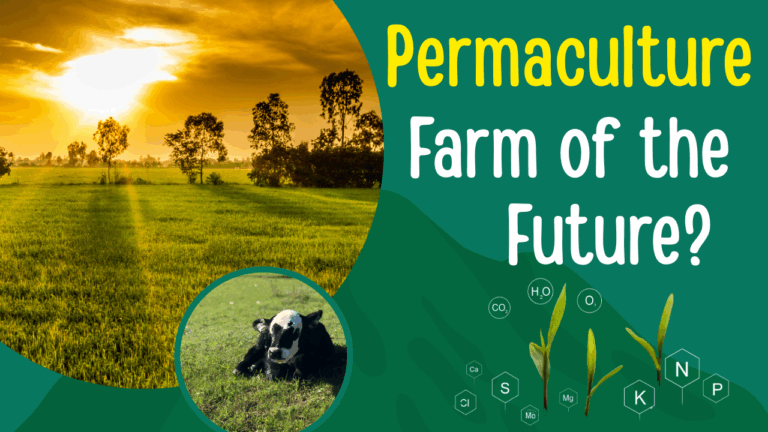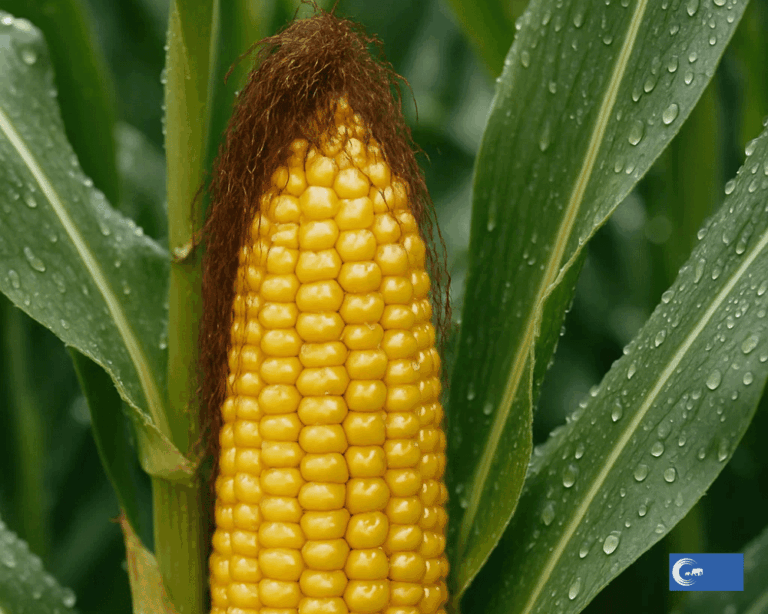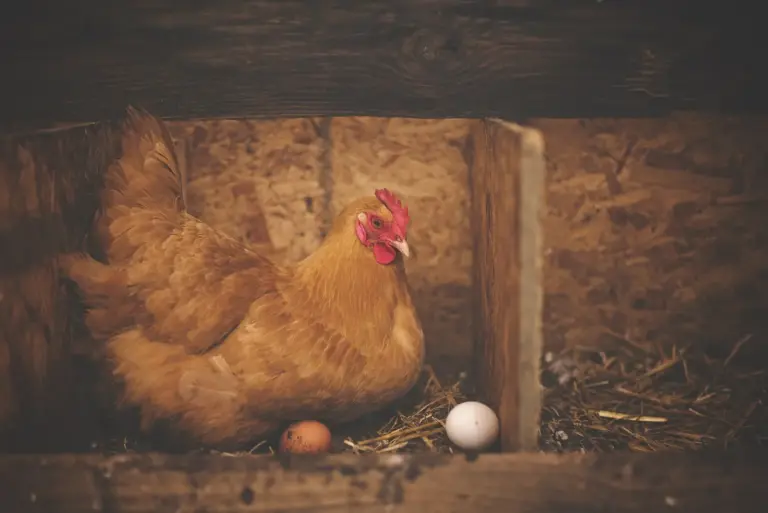Cattle farming is critical in providing essential products like meat and milk, significantly impacting economies and livelihoods.
However, this industry faces challenges, particularly regarding sustainability and animal welfare. As consumer awareness grows, the focus shifts to sustainable practices that can mitigate environmental impacts, improve animal welfare, and adapt to changing market demands.
Main takeaways
- Cattle Farming’s Importance: Cattle farming is crucial in food production (meat and milk), economic stability, and livelihoods across multiple industries.
- Environmental Impact: The sector significantly affects land use, water consumption, and greenhouse gas emissions (especially methane) but can also positively impact ecosystems through grazing and nutrient recycling.
- Sustainability Focus: There’s a growing push for sustainable practices that reduce environmental harm, improve animal welfare, and align with consumer expectations.
- Cow Lifecycle: A cow’s life includes distinct stages—calf, heifer, adult, and death—with different care and productivity needs at each phase.
- Dairy Cow Longevity: Most dairy cows have a productive life of 5–6 years but can live up to 20. Early culling due to health or fertility issues is common but increasingly seen as unsustainable.
- Involuntary Culling Concerns: Reducing involuntary culling (due to health or fertility problems) could enhance sustainability by improving animal welfare, reducing costs, and optimising resource use.
- Beef Cow Lifespan: Beef cows usually remain productive for 8–11 years, though some live longer. Their culling is often based on reproductive performance and health.
- The Dry Period’s Role: For dairy cows, the “dry period” (final pregnancy weeks) is vital for recovery and future health and productivity.
- Technological & Genetic Innovation: Precision farming, genetic selection, and alternative feed sources are being explored to advance sustainability.
- Sustainability and Cow Longevity: Longer cow lifespans reduce environmental impact (fewer replacements, lower methane per unit of milk) and improve profitability and welfare, aligning with consumer values.
- Consumer Influence: Rising consumer demand for high animal welfare may drive the industry toward more ethical and sustainable practices.
- Call to Action: The future of cattle farming depends on collaboration among farmers, industries, and consumers to balance productivity with sustainability and ethical responsibility.
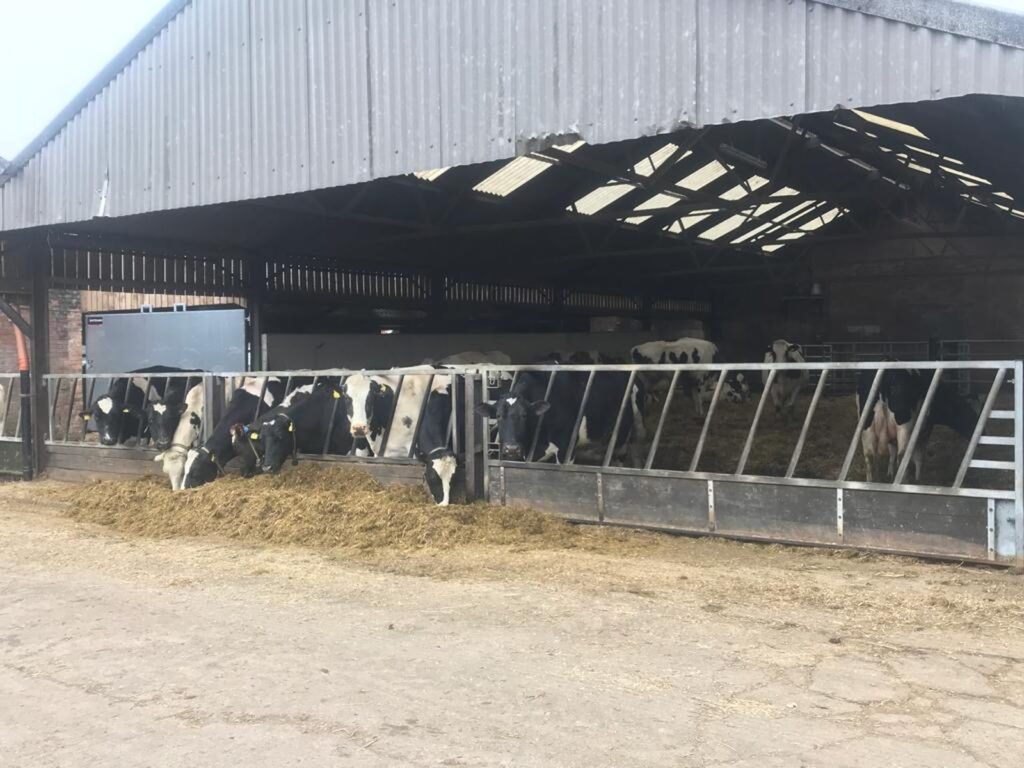
Photo by: Renzo Di Florio
The Role of Cattle in Agriculture
Cattle farming is complex, producing diverse products like meat and milk and generating various economic impacts based on their use of resources, farming intensity, and management.
Cattle are a significant source of high-quality proteins and nutrients critical to human nutrition. Beyond food production, cattle farming contributes to livelihoods and economic stability. It provides income and employment opportunities in farming and associated industries like feed production, meat processing, and dairy product manufacturing.
On the other hand, cattle farming can impact the environment. It utilizes large portions of land for grazing and feed production and is a significant consumer of water. The sector also contributes to greenhouse gas emissions, notably methane, from enteric fermentation in ruminants. However, it can also have positive environmental effects, such as maintaining grassland ecosystems and contributing to nutrient recycling through manure.
In recent years, cattle farming has evolved with an increased focus on sustainable practices to mitigate environmental impacts, improve animal welfare, and meet consumers’ changing demands. The industry is working hard to increase efforts to reduce carbon footprints and implement more efficient and humane farming practices.
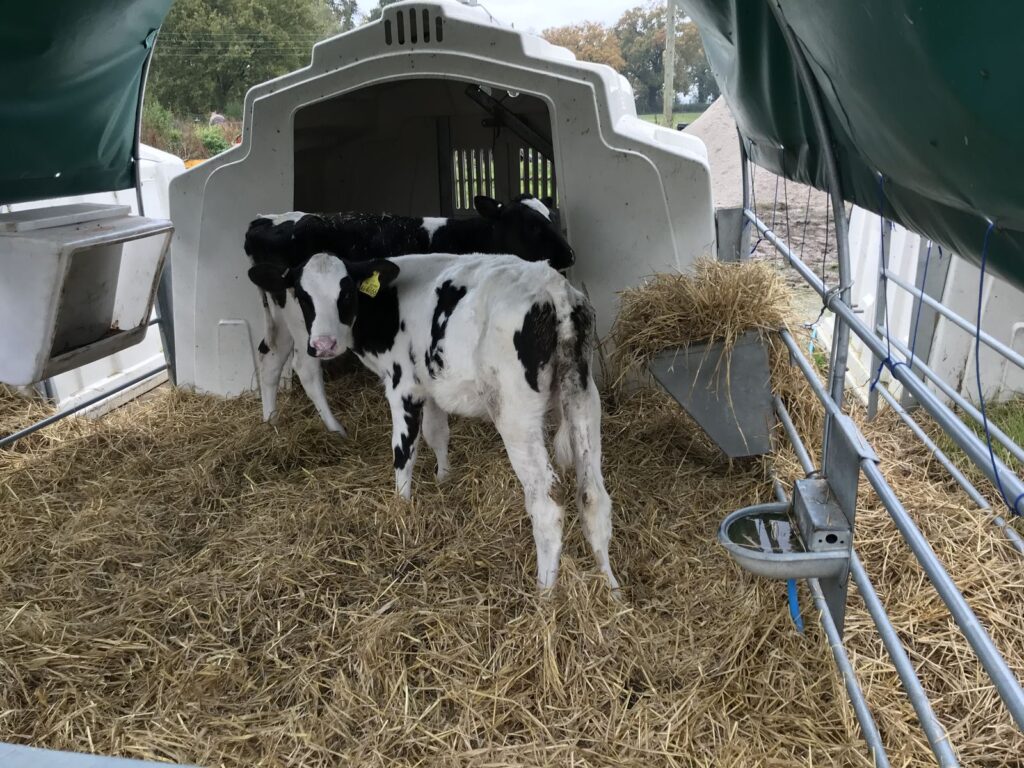
Photo by Renzo Di Florio
The Life Cycle of a Cow
The life cycle of a cow can be divided into several chronological sequences that progress through birth, weaning, first calving, and ultimately to death.
1) Calf Stage (Birth to Weaning): The animal is known as a calf after birth. This early stage of life is critical for growth and development. The calf is initially dependent on colostrum from her mother in the first hours of life. After the first days, the calf will rely entirely on milk until weaning.
2) Heifer Stage (Weaning to First Calving): The calf is weaned around 10 weeks of age. That means that the calf will complete the transition from drinking only milk to a complete solid food diet. This transition is usually gradual, and the calf typically needs to eat 1kg of solid food before stopping to drink milk completely. During this stage, the heifer matures until it reaches reproductive maturity, usually around 12 to 18 months and is ready for breeding. The heifer stage concludes with the first calving.
3) Adult Cow Stage (First Calving to Death): The animal enters its adult cow stage after the first calving. This stage is characterized by productive life, where the cow is part of the milking or beef herd. The cow may undergo multiple breeding, calving and lactation cycles.
4) Death: Eventually, the cow is culled from the herd or dies naturally. The decision to cull is typically based on factors like health, milk production levels, and reproductive efficiency.
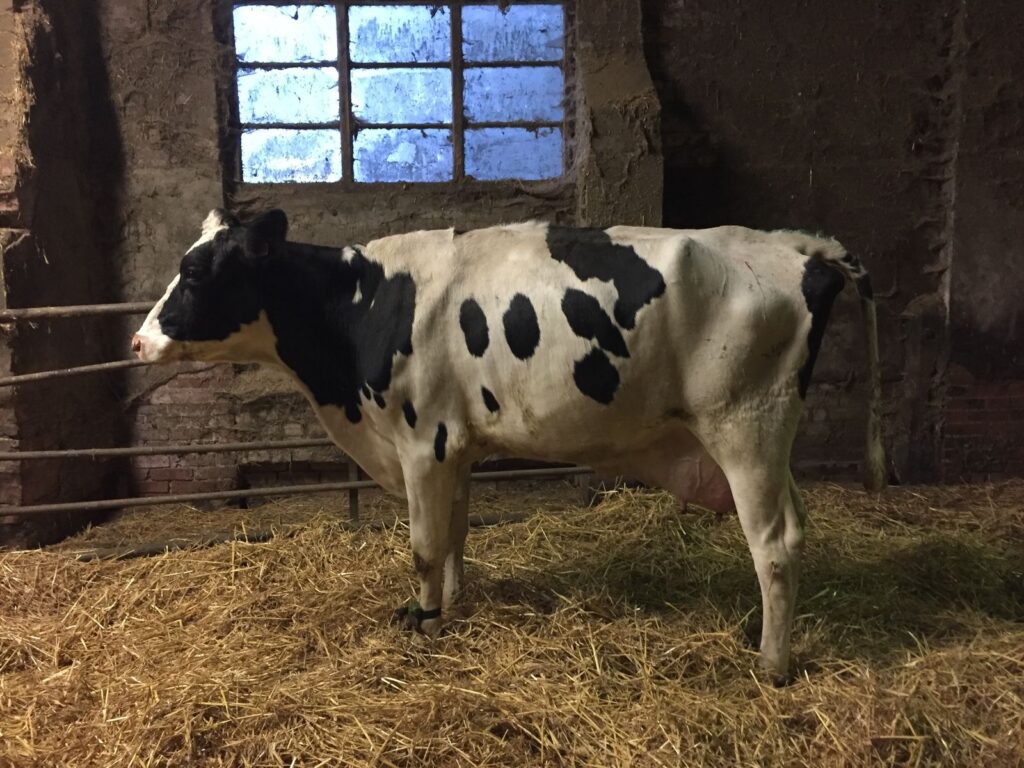
Photo by: Renzo Di Florio
Dairy Cow lifespan
Dairy cow life is influenced by factors such as health, production levels, and reproduction, which significantly impact the lifespan and, consequently, the sustainability of dairy farming.
The adult cow stage is the most significant part of a dairy cow’s life and starts with the first calving. This stage is characterized by cycles of lactation and breeding, with an average productive lifespan ranging between 5 to 6 years, although this can vary based on breed, management practices, and health.
Despite a natural life expectancy that could extend to about 20 years, dairy cows are often culled earlier due to factors like declining fertility, health issues, or economic considerations.
Dairy Cow Longevity: What it Means to Cull a Cow
The longevity of dairy cows has become a focal point in recent years, mainly due to its environmental and economic implications. Culling dairy cows early in their production cycle, before they are biologically old, is increasingly seen as unsustainable from both financial and environmental perspectives.
This practice also raises animal welfare concerns, suggesting that cows are not maintained in conditions that allow for prolonged productive functioning. Intrinsic factors such as health, milk yield, and reproductive status, alongside extrinsic factors like availability of replacement heifers and economic considerations, influence culling decisions. These decisions have significant financial implications, as early culling, especially in early lactation, can lead to substantial monetary losses for dairy farmers. Culling a cow due to health or fertility issues is also called involuntary culling.
Involuntary Culling Implications
Increasing dairy cow longevity by reducing involuntary culling would cut health costs, increase cow profitability, and improve animal welfare. This improvement could contribute to a more sustainable dairy industry, optimizing resource use efficiency.
Studies have linked cow longevity to strategic decisions made by farmers, including investments in farm infrastructure. Good management practices and investments in facilities like housing can improve animal health, welfare, and longevity.
Dairy cows are under a lot of productivity stress. For example, cows of the Holstein breed have been selected for their capacity to produce vast amounts of milk. Unfortunately, this also means that these cows require a lot of tender loving care during their life because their metabolism is under a lot of pressure to produce the milk. This metabolic characteristic also implies that the immunity system of the cow can be very quickly reduced, leading to health issues, especially during stressful times like, for example, calving and high peak milk production.
The Dry Cow Period: The Holiday for Dairy Cows
The dry period is one of the most important differences between dairy and beef cows. The dry period is the last 12 weeks of the cow pregnancy.
During this period, the cow stops milk production and must rest, eat nutritious food, and reduce stress as much as possible.
This time is probably the most critical part of a dairy cow’s life and requires attention and investments from dairy farmers.
A dairy cow with a perfect dry period will be much healthier during lactation and more likely to avoid health and fertility issues with a longer lifespan.
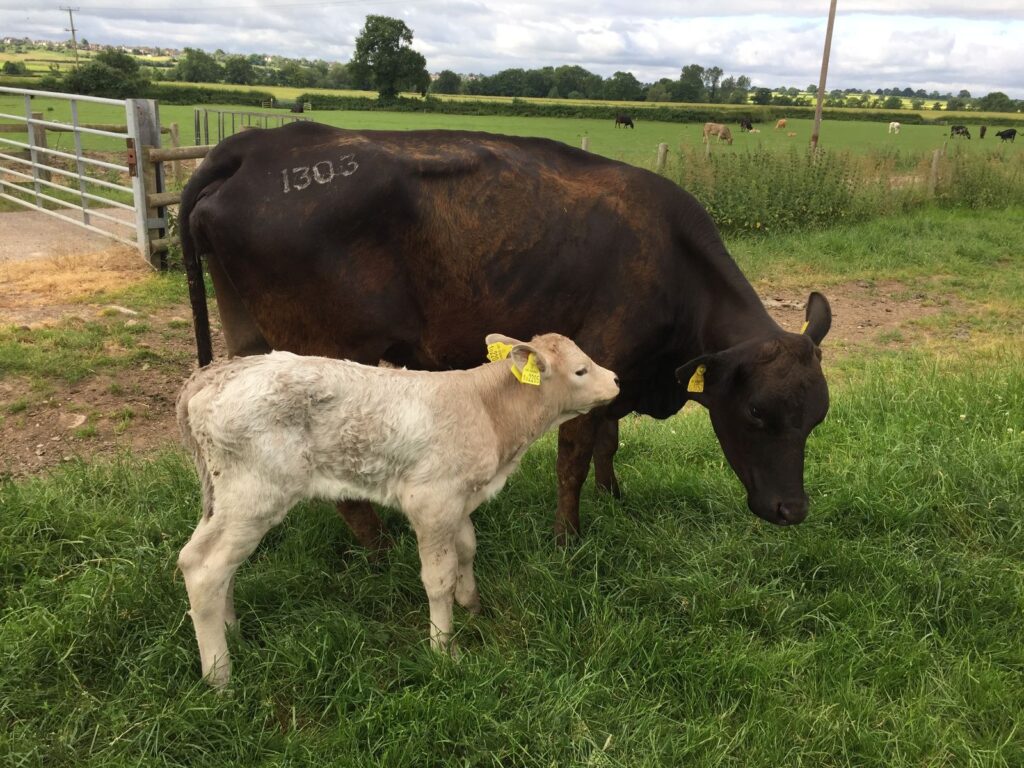
Photo by: Renzo Di Florio
Beef Cow Lifespan
The lifespan and longevity of beef cows, distinct from dairy breeds, are influenced by genetic, environmental, and management factors. Generally, beef cows can live up to 15-20 years under optimal conditions, but their productive lifespan in a commercial setting is often shorter.
In a beef operation, the productive longevity of a cow is typically gauged by its ability to produce viable calves annually. Most beef cows are bred for the first time between 15 and 24 months of age and ideally continue to calve each year to maintain herd productivity.
The decision to cull a beef cow from the herd usually hinges on factors such as reproductive efficiency, health status, and the cow’s ability to successfully maintain condition and raise a calf.
Economic considerations are significant, as maintaining non-productive animals can be costly. Additionally, market conditions, feed availability, and environmental factors like drought can influence the decision to cull, thus impacting the overall longevity of beef cows in a herd.
Despite these challenges, good management practices, including proper nutrition, health care, and breeding strategies, can enhance the productive lifespan of beef cows, contributing to the sustainability and profitability of beef operations.
In commercial beef operations, productive longevity typically ranges from 8 to 11 years, although it’s not uncommon for breeding cattle to live into their teens. The most common reasons for culling include age or infertility, followed by pregnancy status.
Breed differences also affect longevity, influencing culling reasons and rates. For example, crossbreeding with Brahman can increase longevity in Southern beef producers more than crossbreeding with Angus or Hereford.
Is Cattle Farming Sustainable?
Cattle farming sustainability is a complex and multifaceted issue addressing agriculture’s environmental, economic, and social dimensions.
Environment: Sustainable cattle farming practices aim to minimize the industry’s carbon footprint by reducing methane emissions through improved feed efficiency, grazing management, and manure handling. Additionally, sustainable practices include conserving water resources, preserving biodiversity, and preventing soil degradation
Economy: Sustainability in cattle farming involves efficient resource utilization, reducing input costs, improving animal health and productivity, and enhancing long-term profitability.
Social: Sustainability encompasses ensuring food security, maintaining rural livelihoods, and upholding high animal welfare standards. It also involves community engagement and the education of both farmers and consumers about sustainable practices.
Innovative technologies, such as precision farming, genetic improvements, and alternative feed sources, are being explored to enhance sustainability and welfare. Additionally, integrating cattle farming into a circular economy model, where waste products are reused or recycled, presents a promising avenue for reducing environmental impacts.
The sustainability of cattle farming, particularly in the dairy sector, is deeply intertwined with cow longevity. Short longevity in dairy cows is increasingly recognized as unsustainable due to its financial, environmental, and social implications.
Economically, longer productive lives of dairy cows can enhance farm profitability. Dairy cows typically reach peak profitability around their third lactation, following the high costs associated with their early, non-productive life stages.
On the environmental front, increasing cow longevity can significantly reduce the dairy industry’s environmental impact. Fewer replacement heifers would be needed, lowering methane emissions significantly. Methane emissions per unit of milk also tend to decrease as cows age, further reducing the environmental footprint.
Socially, early culling age raises concerns among consumers, particularly regarding animal welfare. Cow longevity is often seen as a global welfare indicator, with longer lifespans suggesting better health and biological functioning.
However, improving longevity should not compromise animal welfare; older cows are more susceptible to health issues like lameness and mastitis. Therefore, enhancing longevity should focus on keeping animals healthy and comfortable.
Furthermore, animal welfare is increasingly becoming a consumer priority, with many indicating a willingness to pay more for products from farms with high welfare standards. This trend suggests that higher welfare, including more extended cow longevity, could become a crucial factor in consumer decision-making and potentially a commercial criterion in international trade.
Conclusions
From birth to culling, the life of cows is a journey into animal welfare and sustainability principles.
The longevity and productivity of dairy and beef cows are pivotal to the economic viability of farms while also playing a significant role in sustainable agriculture.
Enhancing cow welfare and health will also increase cow longevity, increase farm profitability, reduce environmental impacts, and improve animal welfare.
As we move forward, it is clear that the cattle farming industry is at a crossroads. The path towards sustainability will involve continuous improvement and adaptation. Farmers, industry stakeholders, and consumers must work together to ensure that cattle farming remains economically viable and aligns with the principles of environmental care and ethical animal management.
The future of cattle farming depends on our collective efforts to embrace sustainable practices, innovate responsibly, and respond thoughtfully to the challenges and opportunities that lie ahead.
